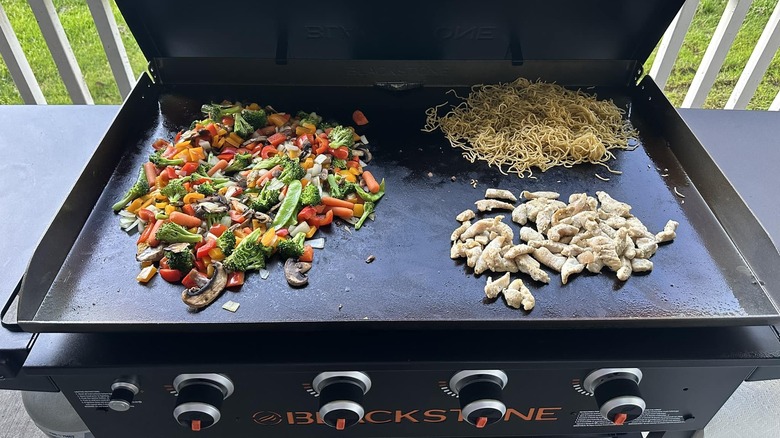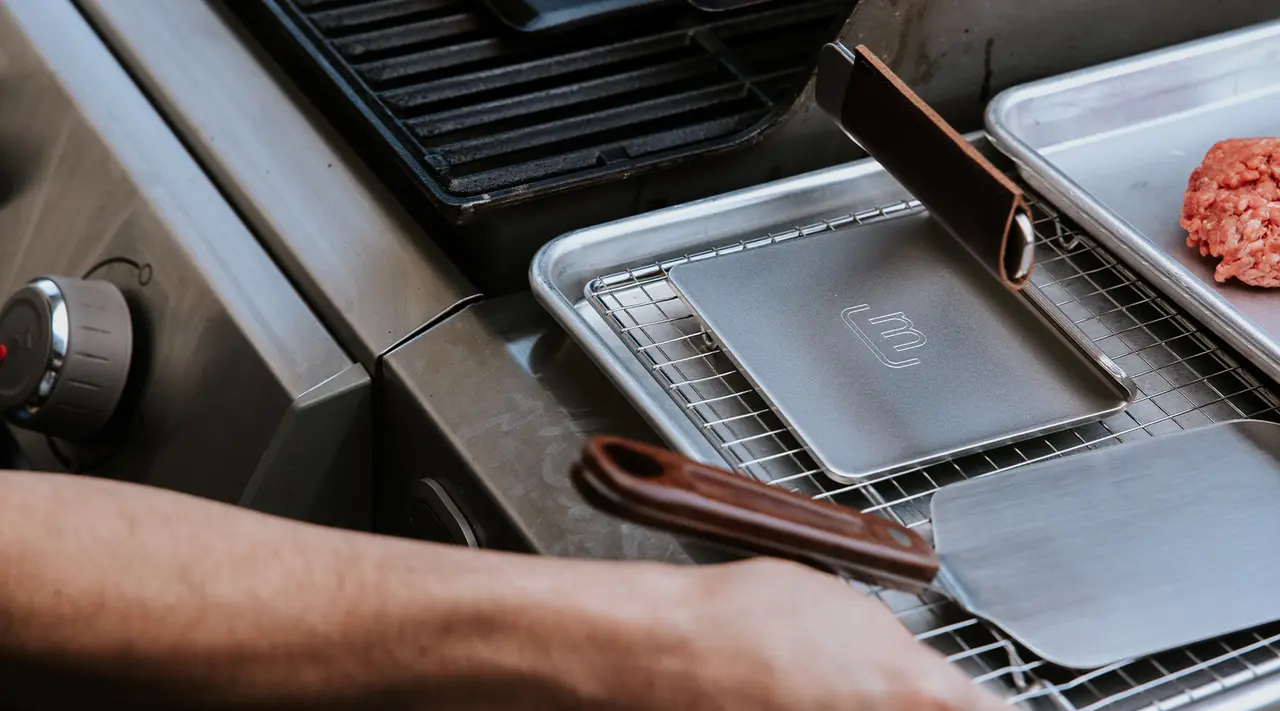How to Use Griddle Scraper on Stubborn Residue Easily
Written By James Morgan
For barbecue enthusiasts, maintaining a clean griddle can be just as important as perfecting that signature steak marinade. Using a griddle scraper might seem straightforward, but when it comes to tackling stubborn residue, a little finesse and technique can make all the difference. If you've ever found yourself battling with tough, burnt-on food bits, this guide is here to help.

Understanding Your Griddle and Its Challenges
Griddles are a fantastic tool for barbecue lovers, offering a versatile cooking surface that can handle everything from pancakes to burgers. However, with great power comes great responsibilityspecifically, the responsibility of cleaning off those inevitable food residues that love to cling to the surface.
Not only can these stubborn residues affect the taste of your food, but they can also reduce the lifespan of your griddle. Therefore, knowing how to effectively use a griddle scraper is a crucial skill for anyone serious about their barbecuing.
Why Use a Griddle Scraper?
A griddle scraper is an essential tool in every griller's arsenal. Designed to handle the tough task of cleaning the griddle without damaging the surface, it works by loosening and removing the food residues that accumulate during cooking. This is particularly important for avoiding flavor transfer between meals and maintaining hygiene.
For those new to griddle cooking, you might find useful tips on the Tips for Griddle Cooking blog, which covers additional aspects of griddle maintenance.
Choosing the Right Scraper
Not all scrapers are created equal. When selecting a scraper, consider the material of your griddle. Stainless steel scrapers are ideal for metal surfaces, while softer materials like plastic might be preferable for non-stick griddles to prevent scratching. The Taste of Home offers a great collection of accessories that could complement your griddle setup perfectly.
Step-by-Step Guide to Using a Griddle Scraper
Pre-Cleaning Preparation
Before diving into scraping, ensure your griddle is at the right temperature. A warm griddle is easier to clean than a cold one, as heat helps loosen stuck-on food. However, avoid cleaning while it's too hot to prevent burns.
Also, gather all necessary cleaning tools, including your scraper, a cloth, and a small bucket of warm soapy water. For those venturing into camping, knowing how to pack your tools effectively is crucial. Check out the How to Pack Griddle Tools blog for more insights.
Scraping Technique
Start by holding your scraper at a slight angle and apply moderate pressure as you scrape across the griddle surface. Work your way across the griddle, focusing on areas with visible residue. The key is to work slowly and methodically to prevent damage to the surface.
If you're dealing with particularly tough spots, try adding a bit of water to create steam, which can help loosen the residues. More tips on maintaining your griddle can be found in the NYT's Wirecutter guide.
Post-Scraping Cleanup
Once you've removed the bulk of the residue, use a damp cloth to wipe down the surface, removing any remaining particles. Finally, give your griddle a good rinse with water and dry it thoroughly to prevent rust.
For further guidance on cleaning your tools, including oil bottles, visit How to Clean Oil Bottles on Grilling4All.
Maintaining Your Griddle for Longevity
Regular maintenance is key to extending the lifespan of your griddle. After each use, it's advisable to perform a quick cleaning to prevent residue build-up. This not only ensures better-tasting food but also keeps your griddle in top shape.
If you're looking for an in-depth guide on maintaining your griddle, the Tom's Guide offers fantastic tips from experienced griddlers.
Conclusion
Using a griddle scraper effectively is a skill every barbecue enthusiast should master. With patience and the right technique, you can easily tackle those stubborn residues, ensuring your griddle remains in excellent condition for years to come. Remember, a clean griddle is a happy griddle!

FAQs
What is the best material for a griddle scraper?
Stainless steel is ideal for metal griddles, while plastic is better for non-stick surfaces to avoid scratches.
Can I use a griddle scraper on non-stick griddles?
Yes, but ensure it's a plastic scraper to prevent damaging the non-stick coating.
How often should I clean my griddle?
Ideally, after every use to prevent build-up and maintain hygiene.
This article contains affiliate links. We may earn a commission at no extra cost to you.



